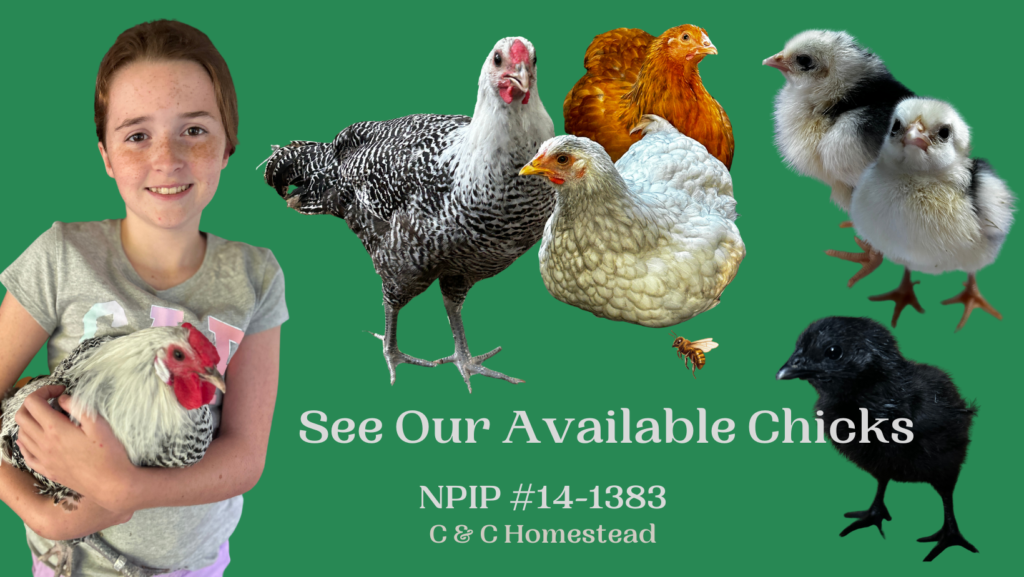Balancing Corporate & Homesteading Lifestyles
Dangers of Easter Candy For Our Furry Friends




For millions of families, the celebration of Easter includes Easter baskets filled with sweet treats galore, chocolate bunnies, marshmallow chicks, sugary jelly beans, and snack-size versions of nearly every candy product imaginable.
As parents, we often warn our children, "Don't eat too much or you'll make yourself sick!" At worst, a child who stuffs him or herself with chocolate may develop nausea and a stomachache.
But for our furry friends who get into the Easter goodies, 'getting sick' may be the least of it. Many of the sweet treats mentioned above can be fatal to dogs, cats, and other small animals (such as ferrets.)
As responsible pet owners, it's our job to protect our pets from harm. And though pet owners routinely give their companion animals human food, giving candy to your pet is almost always a big mistake.
Yes, many pets prefer to eat what we eat. Yes, household pets (especially dogs) like sweet, sugary foods. And yes, it feels good to pamper Fido or Fluffy by giving them "just a little taste" of what we're having for supper.

But many of the foods that humans enjoy can not only cause illness for your beloved dog or cat, they can even be fatal. And given how small a cat or dog is compared to a human, sometimes it doesn't take much.
Chocolate
Chocolate is one of the most deadly foods for both cats and dogs. Dark chocolate is worst while white chocolate has the lowest risk. It's not only high in fat, it contains two nervous system stimulants, caffeine, and theobromine. The fat can make your pet vomit or cause diarrhea; unpleasant, but usually not fatal.
If you have reason to think that your pet has gotten into the candy, call your vet and describe the symptoms. (Symptoms of chocolate toxicity are nervousness, vomiting, shaking, and overreacting to noises, touch, lights, etc.)
If your vet is closed, call an emergency vet center. If you don't have one of those in your area you can call one of the national animal poison control lines such as the Pet Poison Helpline: 1-855-764-7661. (There is usually a fee for this service.)
It is up to you to make sure that Easter candy and other dangerous foods are kept securely out of the reach of your household pets ó so your whole family can enjoy the holiday!
But it's the stimulants that sometimes cause death. Theobromine is both a cardiac stimulant and a diuretic. A dog that ingests an overdose of chocolate may be fine at first, but will probably become excited and hyperactive within a few hours. It may pass large quantities of urine and become unusually thirsty. The theobromine will cause your pet's heart rate to accelerate or beat irregularly, either of which can cause death (especially with exercise.)
You can find out more about chocolate and dogs here.
We have a few great Easter treats that you can make for your dog (or cat) and safely include them in the holiday festivities. Check them out here.
Sugary Food
But it's not just chocolate that's the problem. All sugary foods can cause dental problems, lead to obesity, and contribute to diabetes in pets, too. So be sure to keep your stash of chocolate securely out of your pet's reach.
Children are notorious for sorting and trading candy, so make sure they don't leave candy laying around. (or candy wrappers, either, which can cause choking)
And don't forget how flexible and persistent a pet can be when it smells something yummy in a trash bin.








